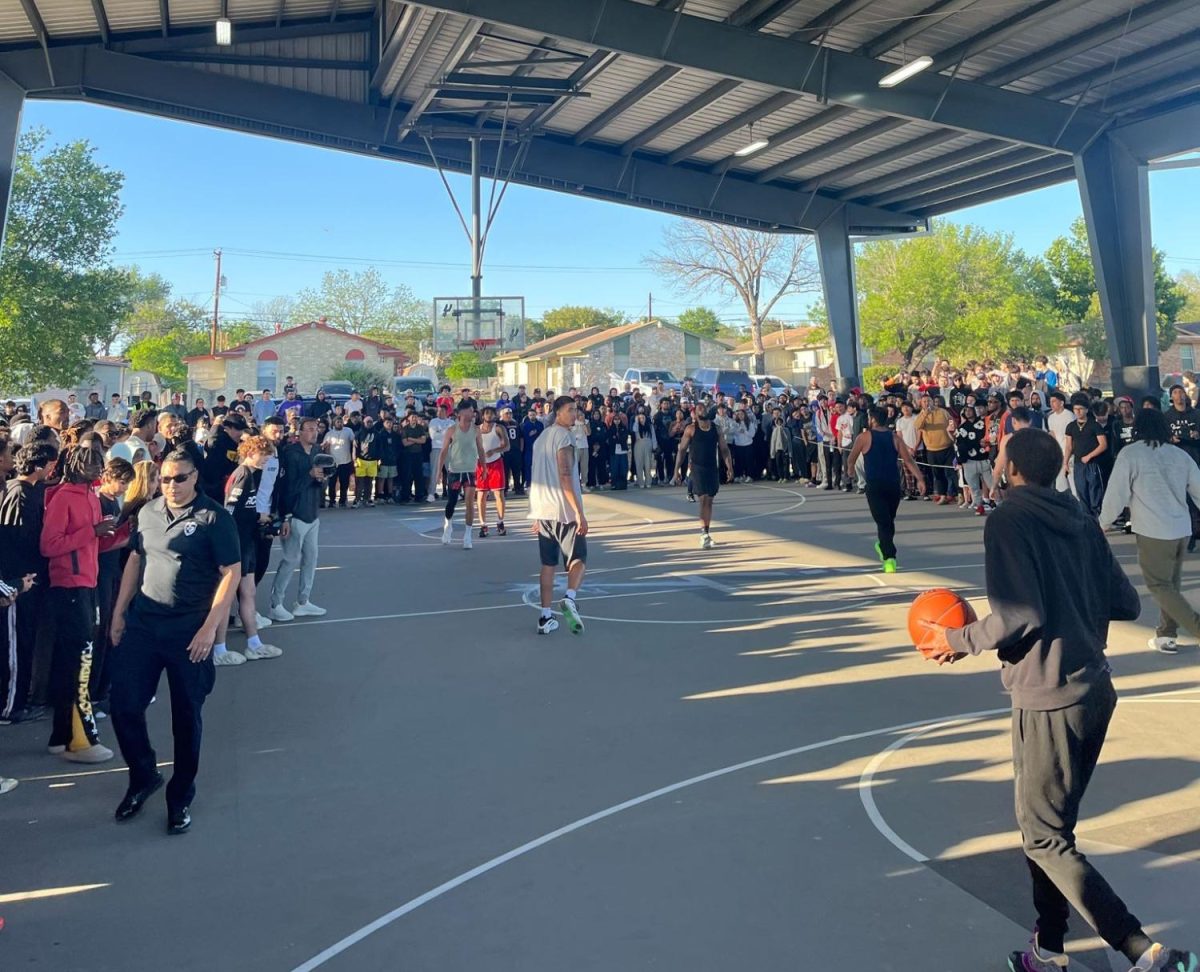
Students come to school late everyday. Even though it’s just the first nine weeks, the attendance ladies and their student aids have been swamped with signing tardy slips for those arriving to school late.
“[We have about] 50-60 [tardies] in one day,” attendance clerk Gwin Highberg said. “They do vary, [though the] majority [of the tardies occur in] the morning.”
Students always seem to have excuses for their tardiness, and the aids and clerks have heard them all.
“[The excuse usually is] ‘I woke up late’, but we all know that’s a lie because they have tacos,” senior aid first period Garrion Tarlton said.
Even though first period is the busiest period in the attendance office, it is not the only time students arrive late.
“For tardy slips it’s usually just if they’re just showing up to school and don’t have a note or anything, [but that] only [happens] occasionally,” senior aid fourth period Erin Schroeder said. “Usually [students] show up with their parents or with a note.”
The one period there are no late stragglers arriving is the last period of the day.
“[No one arrives late because] everyone is leaving instead of coming in,” senior aid eighth period Quinten Sprofera said.
The tardies do not just effect the students for that day, but they can have serious ramifications in the long run as well.
“It effects the school in several different ways, depending on when they’re late and how late they are,” AP Mr. Ben Peterson said. “[For chronically late students,] the consequence they’ll receive [is] non credit at the end of the semester once [he or she] hits nine absences, whether just because they are five minutes late or totally didn’t make it to [their] class, [even if] they made a 100 in the class or not, they [will not] receive credit.”
Taco shop runs are not the singular cause to late arrivals, despite what people may think.
“High school has a tough relationship with transportation because everything depends upon how the drop offs go for elementary school and middle school,” Mr. Peterson said. “So if there is an issue, especially with an elementary school, which is what we see most often, [that puts the whole route behind.]”
The increase in tardies lead to the administration putting the program Start on Time into effect.
“Start on Time was started because of the sheer number of students that were arriving tardy,” Mr. Peterson said. “[The program] was modeled at Roosevelt High School, so we sent a team of teachers over there to [learn] it worked. It worked really nicely, so we implemented it, and it [has] really helped the number of tardies.”


















